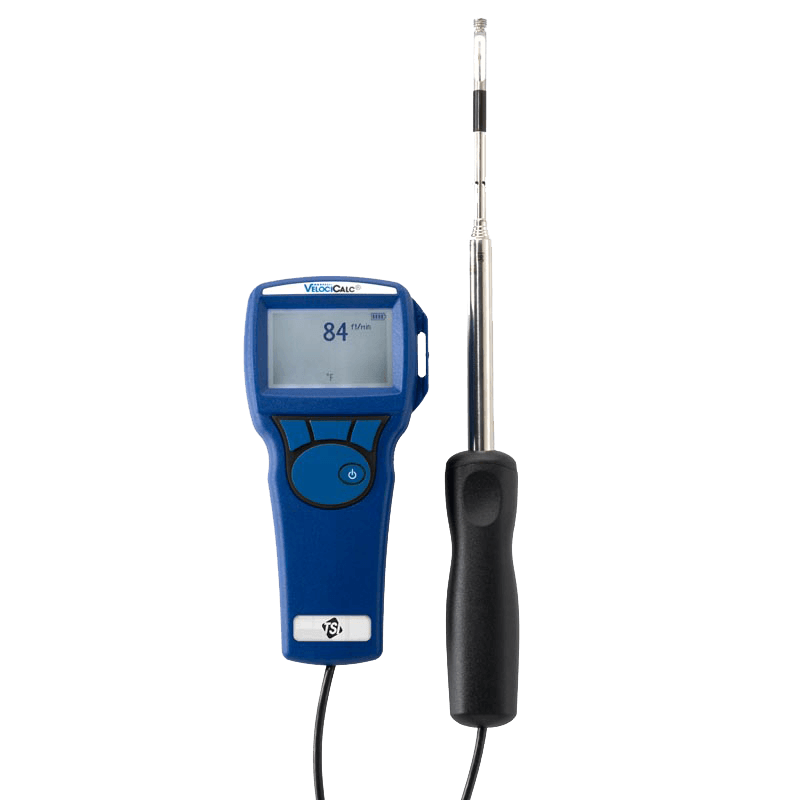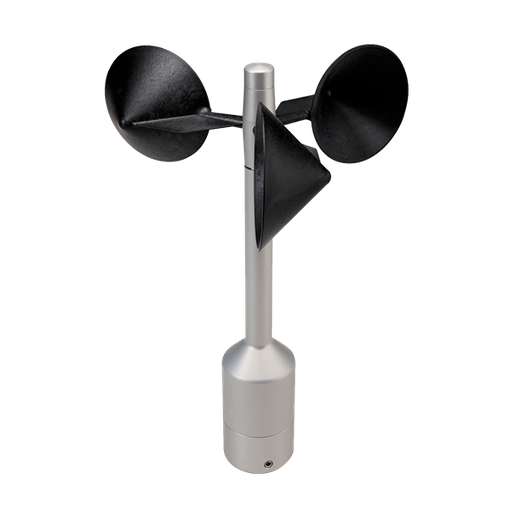All You Need to Learn About Anemometers: How They Function, Why They Matter, and Where to Make use of Them
Anemometers, however typically neglected in the world of scientific tools, play a vital role in various areas, providing valuable insights right into wind speed and air movement patterns. Understanding the auto mechanics behind these tools is important for any individual seeking to harness the power of this information. From meteorologists tracking climate patterns to engineers making structures with wind tons in mind, the applications of anemometers are far-ranging and diverse. As we dig right into the intricacies of anemometer modern technology, we will discover the internal operations of these devices, their relevance, and the vital considerations when choosing the appropriate anemometer for specific applications.

Anemometer Basics
A crucial instrument used to determine wind speed and instructions, the anemometer plays an important duty in weather forecasting and different markets. An anemometer normally is composed of three or 4 cups that revolve in the wind, a vane that points right into the wind, and sensors to track the activities or rotations.
There are various types of anemometers available, consisting of mug anemometers, vane anemometers, hot-wire anemometers, and sonic anemometers, each with its distinct attributes and applications. Cup anemometers are typically made use of for basic wind speed dimensions, while vane anemometers are chosen for directional measurements.
Concepts of Anemometer Procedure
Structure on the fundamental understanding of anemometer essentials, the principles of anemometer operation clarify the auto mechanics behind wind speed and direction measurements. Anemometers operate on the concept of airflow impacting a sensor, causing it to turn. Cup anemometers, for instance, have 3 or even more mugs that record the wind, creating them to rotate much faster as the wind rate rises. The turning rate is after that transformed right into a wind speed measurement. Vane anemometers, on the other hand, utilize a tail or a probe that aligns itself with the wind direction, offering a measurement of wind direction based on the orientation of the sensor. Hot-wire this post anemometers depend on a heated cord that cools as wind overlooks it, with the price of cooling down determining the wind speed. Ultrasonic anemometers measure wind rate and instructions by assessing the moment it considers ultrasonic signals to take a trip between transducers. Understanding these principles is crucial for accurate and dependable wind dimensions in different applications.
Relevance of Anemometers
Anemometers play a crucial duty in measuring wind rate and instructions, providing essential data for weather condition forecasting, environment researches, ecological tracking, and air travel procedures. Meteorologists count on anemometers to collect precise wind information, aiding them recognize weather Resources patterns, forecast storms, and issue timely cautions to the public. Wind ranch drivers utilize anemometers to examine wind problems and optimize power manufacturing from wind generators.
Applications Across Various Industries
In the renewable energy industry, anemometers play a vital function in examining wind problems for wind farm positionings, guaranteeing optimum energy manufacturing. Industries like building and construction and mining use anemometers to monitor wind rates, important for safety methods, particularly when functioning at elevations or in open-pit mines where solid winds can posture risks. In agriculture, anemometers assist farmers in taking care of crop spraying by offering real-time information on wind speed to prevent drift.

Choosing the Right Anemometer for Your Needs
For general purposes, a mug anemometer is ideal for gauging wind rate, while a vane anemometer supplies wind direction data. Hot-wire anemometers are perfect for low airspeed measurements, and ultrasonic anemometers provide high you can try these out accuracy and durability.

Verdict
In verdict, anemometers play a critical duty in determining wind speed and instructions across various sectors. Recognizing the concepts of anemometer operation is essential for picking the appropriate device for details requirements. From meteorology to aeronautics, anemometers are important devices for making certain and gathering precise data safety in different applications. It is very important to think about the significance of anemometers in order to make educated choices when selecting one of the most suitable gadget for gauging wind conditions.
There are numerous kinds of anemometers offered, including mug anemometers, vane anemometers, hot-wire anemometers, and sonic anemometers, each with its unique features and applications. Cup anemometers are frequently made use of for standard wind rate measurements, while vane anemometers are chosen for directional measurements. Hot-wire anemometers are appropriate for reduced airspeeds, and sonic anemometers are excellent for high-precision measurements in research and industrial settings.Building on the foundational understanding of anemometer fundamentals, the principles of anemometer operation illuminate the auto mechanics behind wind rate and instructions dimensions. For basic objectives, a mug anemometer is ideal for gauging wind rate, while a vane anemometer provides wind direction data.